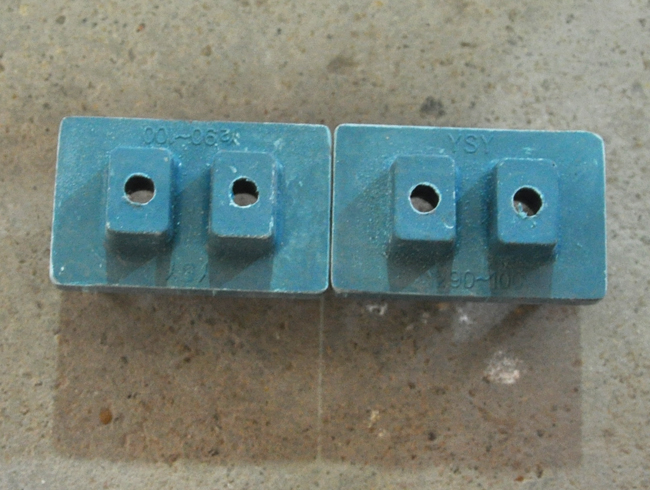Introduction to BMC Insulation Products
BMC is a bulk molding material, unsaturated polyester glass fiber reinforced plastic. BMC is a new type of composite material made by mixing unsaturated polyester as the matrix with various additives such as aluminum hydroxide fillers, thickeners, curing agents, pigments, and short cut glass fibers. BMC materials used in high and low voltage electrical appliances, electronic components and surfaces, automotive parts, outdoor enclosures, etc. were first used in former West Germany and the United Kingdom in the 1960s, and then greatly developed in the United States and Japan in the 1970s and 1980s, respectively. Due to its excellent electrical function, heat resistance, chemical corrosion resistance, and familiarity with various molding processes, it can meet the requirements of various product functions.
BMC is a bulk molding material, unsaturated polyester glass fiber reinforced plastic. BMC is a new type of composite material made by mixing unsaturated polyester as the matrix with various additives such as aluminum hydroxide fillers, thickeners, curing agents, pigments, and short cut glass fibers. BMC materials used in high and low voltage electrical appliances, electronic components and surfaces, automotive parts, outdoor enclosures, etc. were first used in former West Germany and the United Kingdom in the 1960s, and then greatly developed in the United States and Japan in the 1970s and 1980s, respectively. Due to its excellent electrical function, heat resistance, chemical corrosion resistance, and familiarity with various molding processes, it can meet the requirements of various product functions.
BMC is a bulk molding material, unsaturated polyester glass fiber reinforced plastic. BMC is a new type of composite material made by mixing unsaturated polyester as the matrix with various additives such as aluminum hydroxide fillers, thickeners, curing agents, pigments, and short cut glass fibers. BMC materials used in high and low voltage electrical appliances, electronic components and surfaces, automotive parts, outdoor enclosures, etc. were first used in former West Germany and the United Kingdom in the 1960s, and then greatly developed in the United States and Japan in the 1970s and 1980s, respectively. Due to its excellent electrical function, heat resistance, chemical corrosion resistance, and familiarity with various molding processes, it can meet the requirements of various product functions.
Article source: Jiangmen Licheng Technology Co., Ltd
-
04-29
Types of sheets used for SMC products
Common fiberglass processes include hand lay up, RTM, pultrusion, and compression molding, with steel molds used for mass production of pultrusion and compression molding. Molding strengths: (1) The m
-
03-25
SMC fiberglass mold laying steps
SMC mold is a combination plastic mold used for compression molding, extrusion molding, injection molding, blow molding, and low foaming molding. It mainly consists of a concave mold with a variable c
-
02-25
What are the characteristics of SMC molded insulation board
SMC is a thermosetting reinforced plastic with the following characteristics:;1. The stability of the line expansion standard is good, and the cold and hot deformation system is very small.2. Good cre
-
01-09
How to improve the quality of SMC products
The molding quality of SMC accessories depends on factors such as press equipment, molds, technical parameters, and the quality of operators. The excellent and stable quality of SMC molded parts not o

